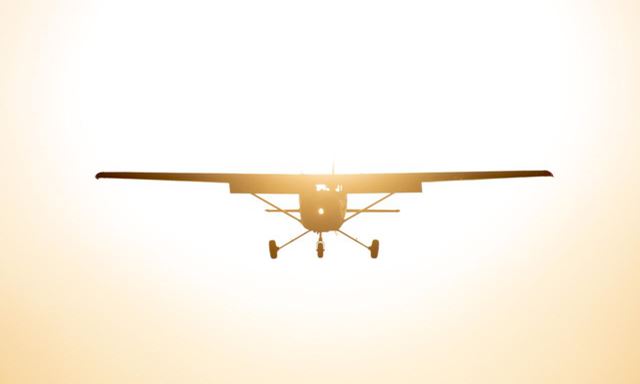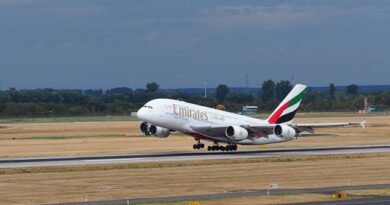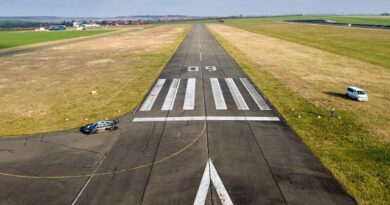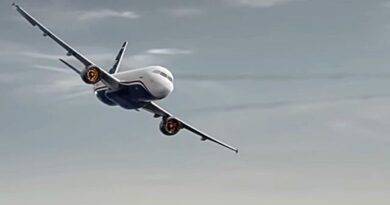Wing elements, Wing Area, Span, and Chord…
Wing elements, such as wing area, span, and chord, are key factors that determine the aerodynamic characteristics of an aircraft. These elements are critical for designing a wing that provides the required lift and stability for flight. In this article, we will explore the definitions and importance of these wing elements and the references that support them.
Wing Area
Wing area refers to the total surface area of the wing. This area is calculated roughly by multiplying the wingspan and the chord length. The wingspan is the distance between the two wingtips, and the chord length is the distance between the leading edge and the trailing edge of the wing.
According to NASA, the wing area is an important factor that determines the lift capacity of an aircraft. The larger the wing area, the more lift it can generate, which is essential for takeoff and landing. Wing area also affects the amount of drag on the aircraft, which can affect fuel efficiency and speed.
Wingspan
Wingspan is another critical wing element. According to Boeing, the wingspan determines the amount of lift and stability an aircraft can generate. The longer the wingspan, the more lift it can generate, but the wing may become less stable. Conversely, a shorter wingspan may provide greater stability but generate less lift. Wingspan also affects the amount of drag an aircraft produces, which can impact fuel efficiency.
Chord Length
The chord length of a wing is another important factor. It refers to the distance between the leading and trailing edges of the wing. According to Aeronautics Learning Laboratory, the chord length determines the amount of lift generated by the wing. A shorter chord length generates less lift but is more stable, while a longer chord length generates more lift but may be less stable.
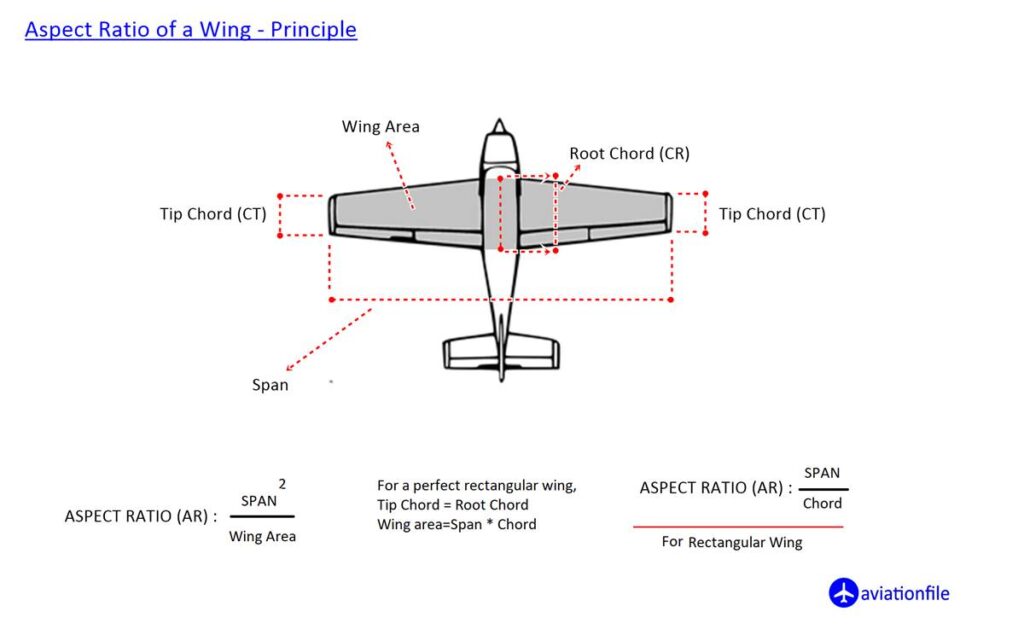
In addition to these elements, the shape and design of the wing also play a critical role in aircraft performance. According to the Federal Aviation Administration, different wing designs, such as swept wings or delta wings, can affect an aircraft’s speed, lift capacity, and stability.
Designing Wings: A Balance of Lift, Drag, and Stability
Aircraft designers meticulously consider the interplay of wing elements to achieve the desired balance between lift, drag, and stability. Each aircraft type, from nimble fighter jets to soaring airliners, presents unique design challenges, requiring a careful optimization of wing geometry.
Conclusion: Wing Elements – Cornerstones of Aeronautical Prowess
Wing area, span, and chord stand as cornerstones of aeronautical prowess, shaping the aerodynamic capabilities of aircraft. By understanding these fundamental concepts, we gain insights into the intricate interplay of forces that enable flight, allowing these marvels to grace our skies.
References
- The Anatomy of an Airplane Wing: https://aerojackey.medium.com/the-science-behind-airplane-wings-546ebf98eac3
- Wing Geometry for Aircraft: https://relatedwords.io/aeronautical-engineering
- Aerodynamics of Wings: https://www.nasa.gov/learning-resources/for-kids-and-students/what-is-aerodynamics-grades-k-4/
- The Science of Flight: Wings and Lift: https://airandspace.si.edu/exhibitions/how-things-fly
- Wing Design and Development: https://www.dailymail.co.uk/travel/travel_news/article-3569320/The-purpose-winglets-plane-wings.html
